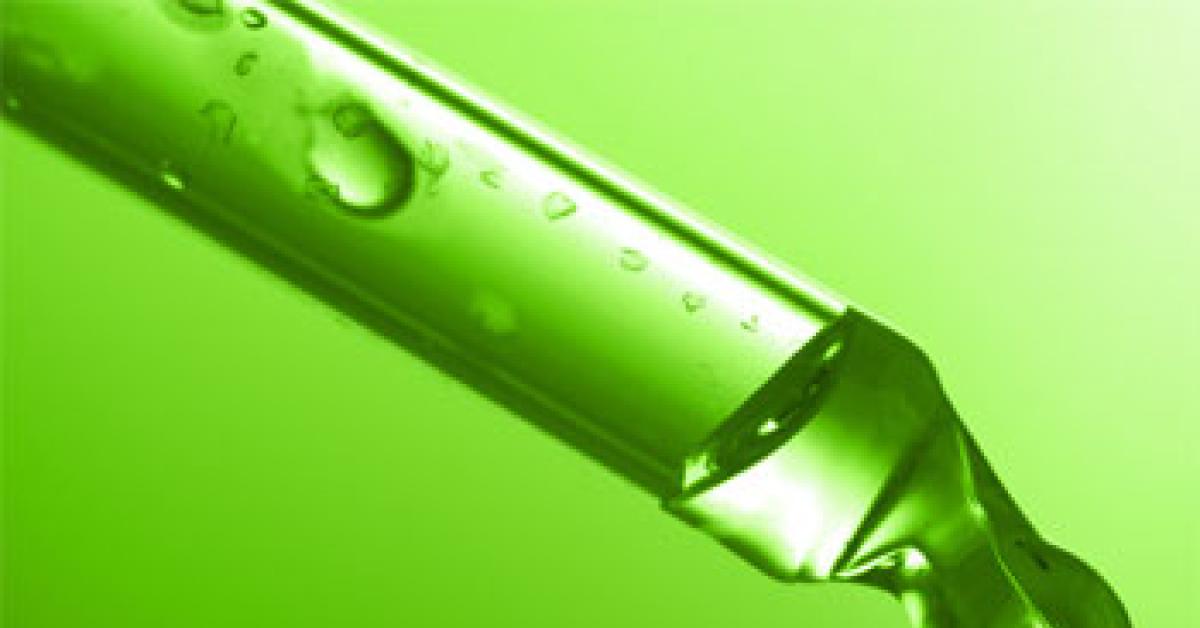CONCORD, N.C. — Energy and chemical costs are major factors in any cleaning operation, so anything that can reduce overhead costs is worthy of consideration by owners and operators. Ozone injection during the washing of shirts and fine washables is reported to reduce these costs.
Several cleaning operations have seen success in using cold water and significantly fewer chemical additives when injecting ozone in their wash water. Air is compressed, then passed through an oxygen generator before being discharged into the incoming water.
Ozone is a gas produced when pure oxygen is passed through an electrical charge, causing it to pick up an additional oxygen atom.
The drycleaning industry uses ozone to deodorize garments, such as those that have suffered smoke damage from a fire. Outside the fabricare industry, ozone is used for drinking water treatment, swimming pool disinfection, and air purification.
Ozone is a strong oxidizing agent, making it ideal to break down stains in the wash. It also disinfects, deodorizes, and boosts bleaching action; pay attention to the reference to “bleaching action.” The ozone gas is not soluble in water, and many factors—including wash time, water temperature, and soil type— contribute to its effectiveness in wash water. Cold water tends to hold more ozone gas than warm water, thereby carrying more ozone to the articles being cleaned.
Installing ozone generators results in both a reduction in the amount of energy used to heat water and the amount of chemicals and bleach needed in the cleaning process. Past use in the hospitality industry has demonstrated that using cold water and less chemistry can increase the usable life of garments by a factor of three.
Using no detergent with ozone is an effective way to clean and restore lightly soiled shirts and fine washables. Since ozone is a strong oxidizing agent, similar to sodium percarbonate, it will break down stains while being circulated in the cool water.
When dealing with heavier soils, surfactants are needed to aid the ozone gas in breaking down the soil. By recirculating the water and replenishing the ozone, these heavily soiled items can be cleaned with a minimum of wash chemicals, water, energy and time. Ozone alone will break down some stains while aiding in the breakdown of others. An additional benefit of using ozone in washing operations is odor removal.
Using ozone in the laundry wash provides several secondary benefits. The oxidation action is known to kill bacteria and even some viruses. It has been reported that whites come out of the laundry brighter and whiter. There are even reports that the laundry room is cooler when using ozone.
One of the negatives to using ozone in the laundry water is its effect on rubber. Seals and gaskets made of rubber must be replaced with those made of an ozone-resistant substance.
Many operators are opting to install ozone systems instead of replacing a hot water heater. This immediately reduces energy costs, and the return on investment usually takes about two years.
Plant managers using ozone report exciting results: 25% reduction in water usage, 75% reduction in heated water, 25% reduction in chemical use, 25% reduction in maintenance, and a surprising 15% reduction in production time.
Ozone can only be considered in applications where bleaching is desired or can be tolerated. It is not an option when it comes to true wet cleaning. One should anticipate ozone impacting the intensity of dark colors, and ozone and mechanical action will adversely affect the fragile and shear garments that are commonly wet cleaned.
Ozone usage in laundry operations has made great progress in the last decade. It has been refined with each installation and shows promise in a world of rising processing costs. The next time you need to replace equipment, especially a water heater, consider ozone as an option. It costs you nothing to look, and it could save you money in the long run.
Have a question or comment? E-mail our editor Dave Davis at [email protected].

